
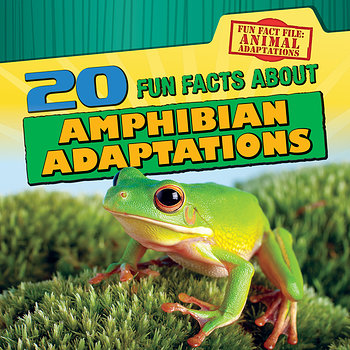
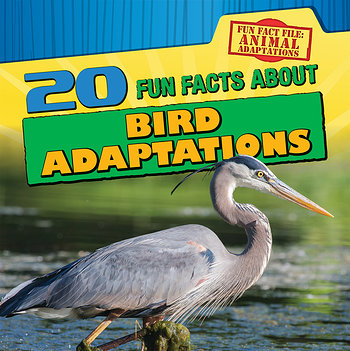
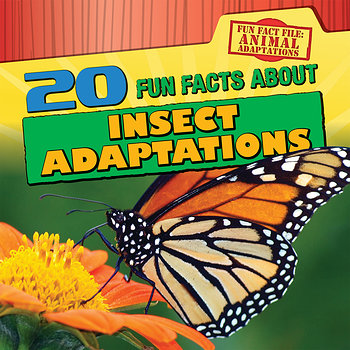
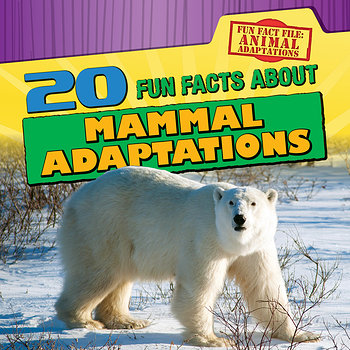
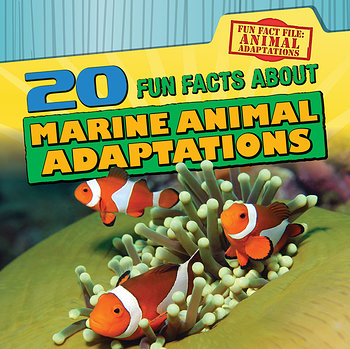
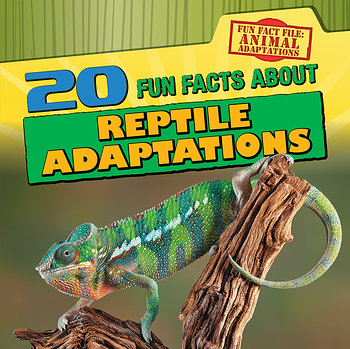
Fun Fact File: Animal Adaptations
The beak differences between a pelican and a cardinal are
very clear. A pelican’s has a pouch on the lower part of the bill that is perfect to
hold water when scooping up fish. A cardinal’s beak is short and thick, made for
cracking open nuts and seeds. How these beaks evolved over time is an adaptation
to the birds’ environment and diet! Many other types of animals—such as mammals,
reptiles, and amphibians—also have fascinating adaptations that help them find
food, eat, and hide. The main content introduces readers to science curriculum
concepts, including why certain adaptations develop and how they differ from
other animal species.
• Engages reluctant readers with fun fact format
• Full-color photographs bring readers close to wild animals
• Graphic
organizers offer more information and additional ways for readers to learn
science topics








